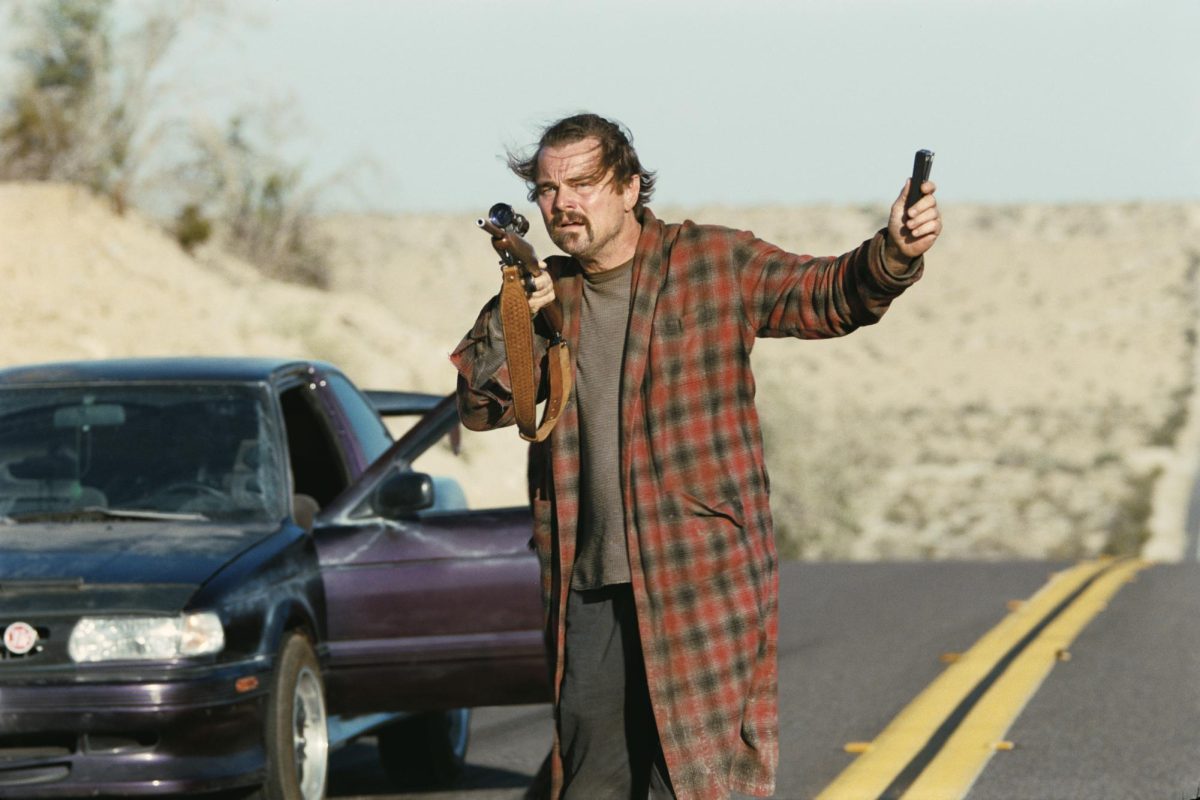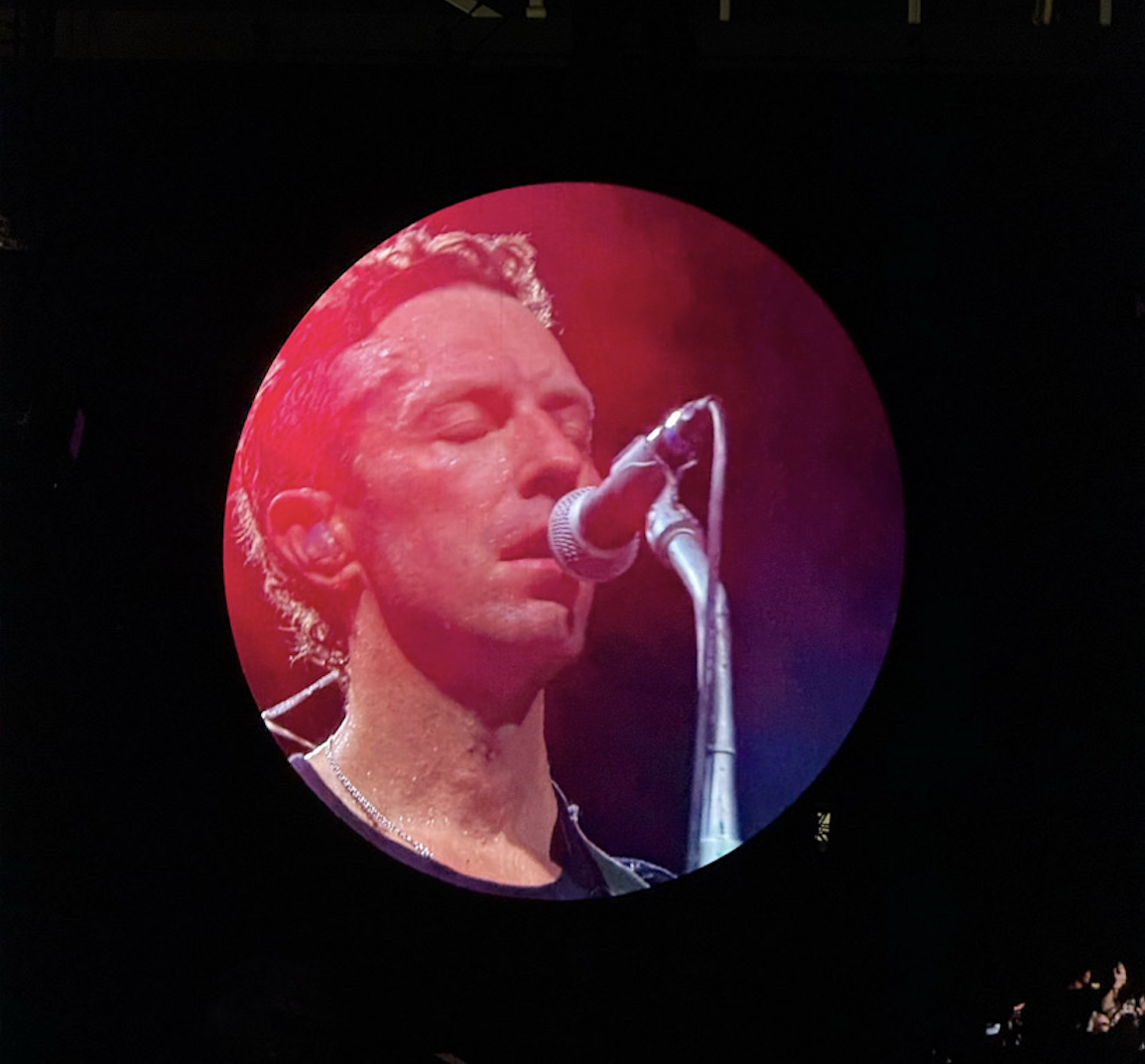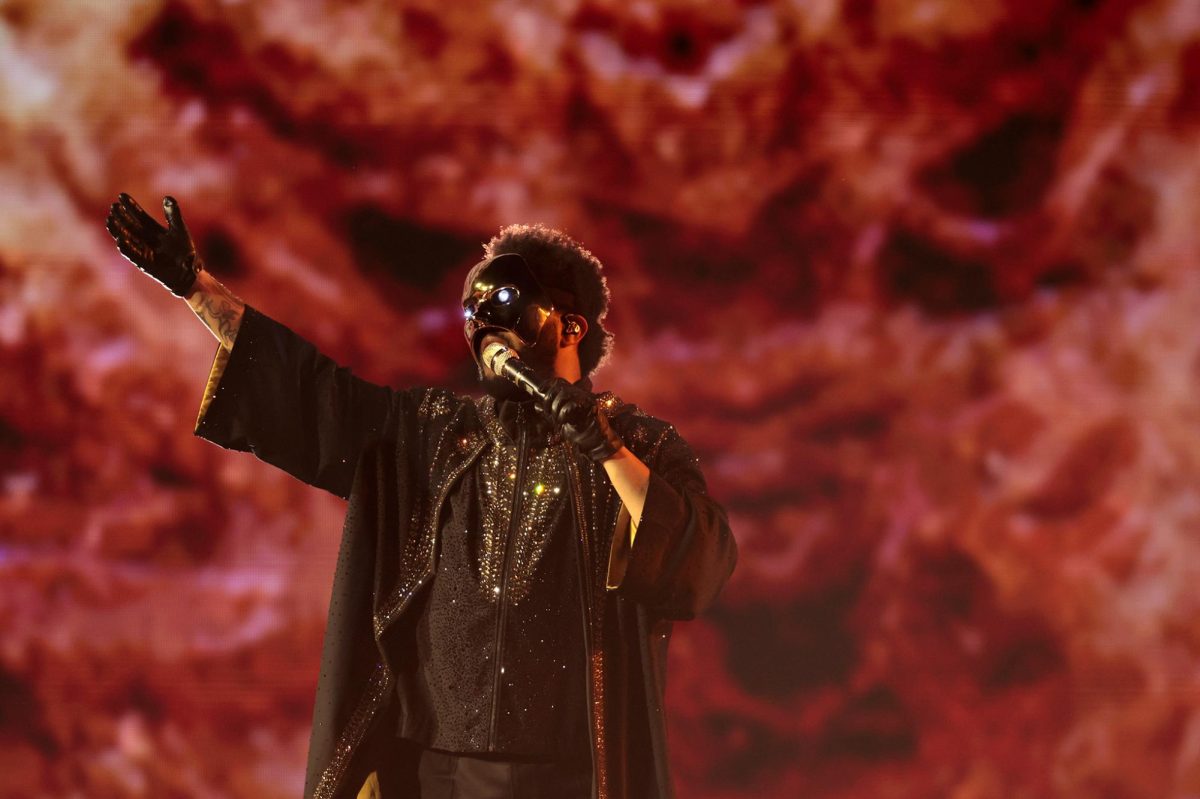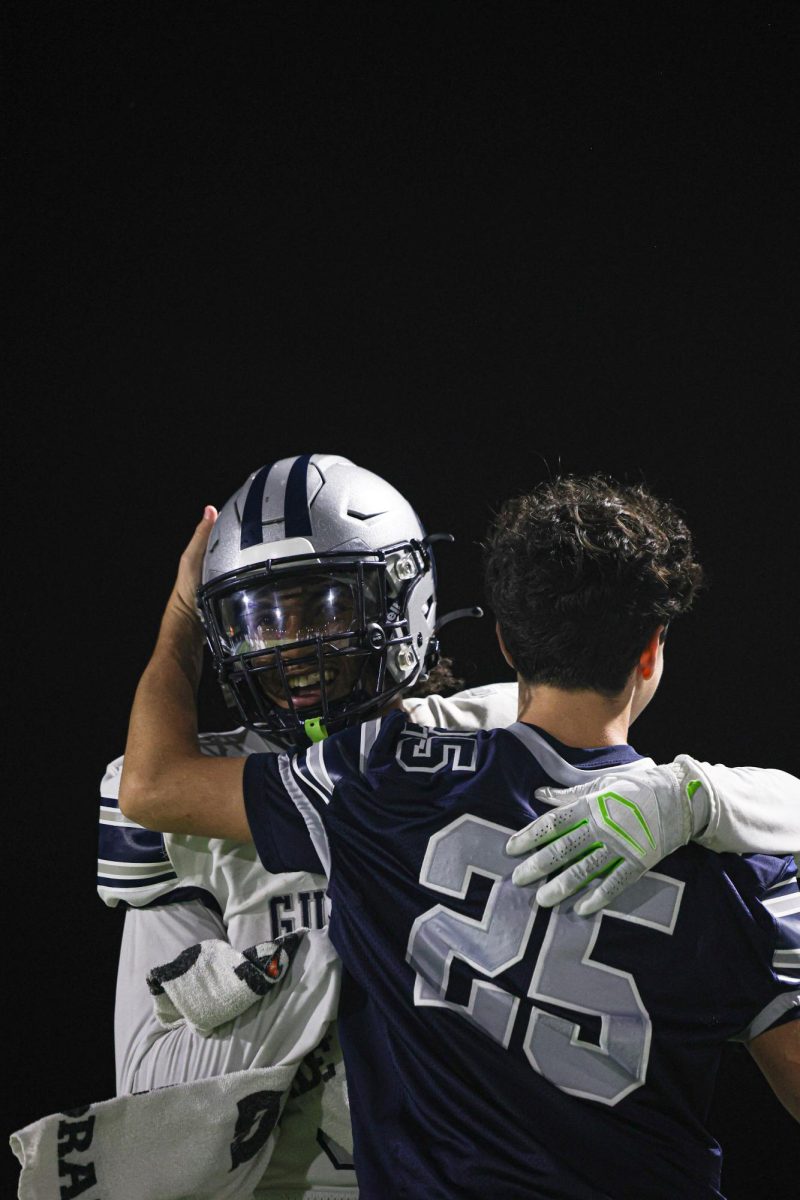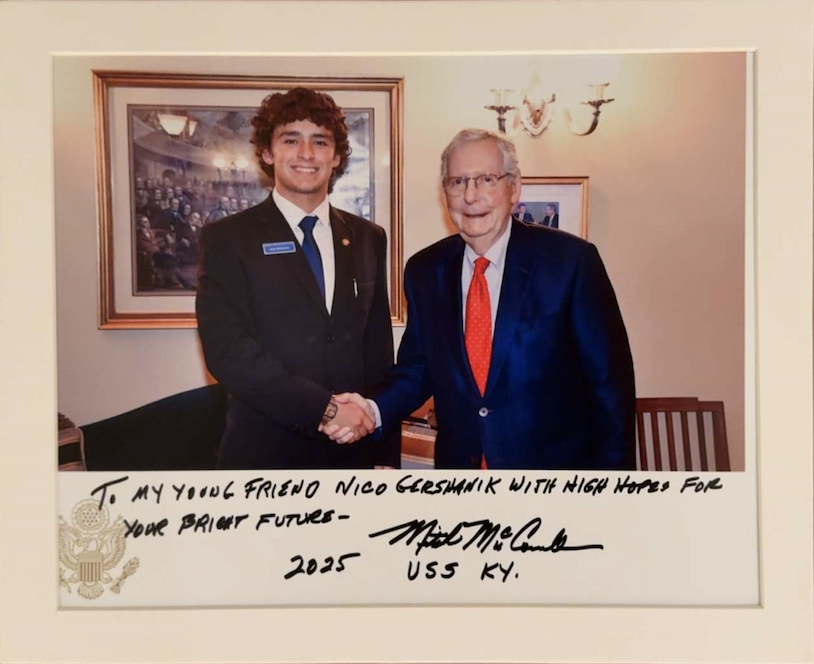There’s a rare kind of movie that can encapsulate the political climate and combine it with action-packed drama and emotional depth—One Battle After Another is that movie. Paul Thomas Anderson’s new film not only features an all-star cast led by Leonardo DiCaprio and Sean Penn, but it also shows what happens when a great director takes a step back and allows his actors to shine in their roles. The end effect is a picture that, through a flawless symphony of performances, is less about war and more about the internal conflicts that shape who we are.
When discussing this movie, you have to mention director Paul Thomas Anderson, who once again demonstrates why he is one of the era-defying directors of the past 25 years. Few directors can combine intimacy and passion like he does in One Battle After Another, which is nothing short of brilliant. Anderson uses subtle expressions, speech, and silence to create an underlying tension that encapsulates the film’s identity, rather than relying on overbearing storytelling or spectacle, letting the actors’ performances propel the story along, not the story itself. Even in its most chaotic moments, the film feels intensely personal and grounded because of its ability to portray both the magnificence of conflict and the fragile nature of human connection.
Moreover, the cinematography is outstanding. Anderson’s use of a tracking shot throughout the film is a work of art. The camera feels so stylized and helps highlight each character’s emotion, yet it remains grounded enough not to take over the scene. It further helps build the aforementioned underlying feeling of tension. The subtle yet distinct touch of Anderson’s work serves as a reminder that great filmmaking elevates actors rather than overshadows them.
At the core of this film are the actors. I could not imagine anyone else playing Bob Ferguson besides Leonardo DiCaprio, who gives one of his most layered performances in years. He plays a man caught between duty and emotion, and DiCaprio approaches the role with quiet intensity rather than his usual showy bravado as seen in his past works like The Aviator and The Wolf of Wall Street. DiCaprio’s authentic portrayal of a complex man torn between his past and present while trying to figure out his identity is surreal, especially in the way he delivers his message without using words. The years of suffering and exhaustion that go into each line are evident, as is the weight of every choice in his face. You can see it in his eyes throughout the film; his eyes show a man fighting paranoia. It’s the way that he commands attention in silence that shows why he is considered a master at his craft.
Opposite of him is Sean Penn, playing Colonel Steven Lockjaw. In this film, Penn makes it evident why he is a two-time Oscar winner. He commands every second he is on the screen, but not through screaming, but through deliberate intensity that never needs to raise its voice. He creates a tense environment in every scene he is in, even when he is not the main focus. His delivery of every line captures a man full of violence who is controlled by his smile that hides his true intentions. When the movie ended, I was left comparing this character to Hans Landa from Inglourious Basterds. The subtle nature of a man who is full of hate.
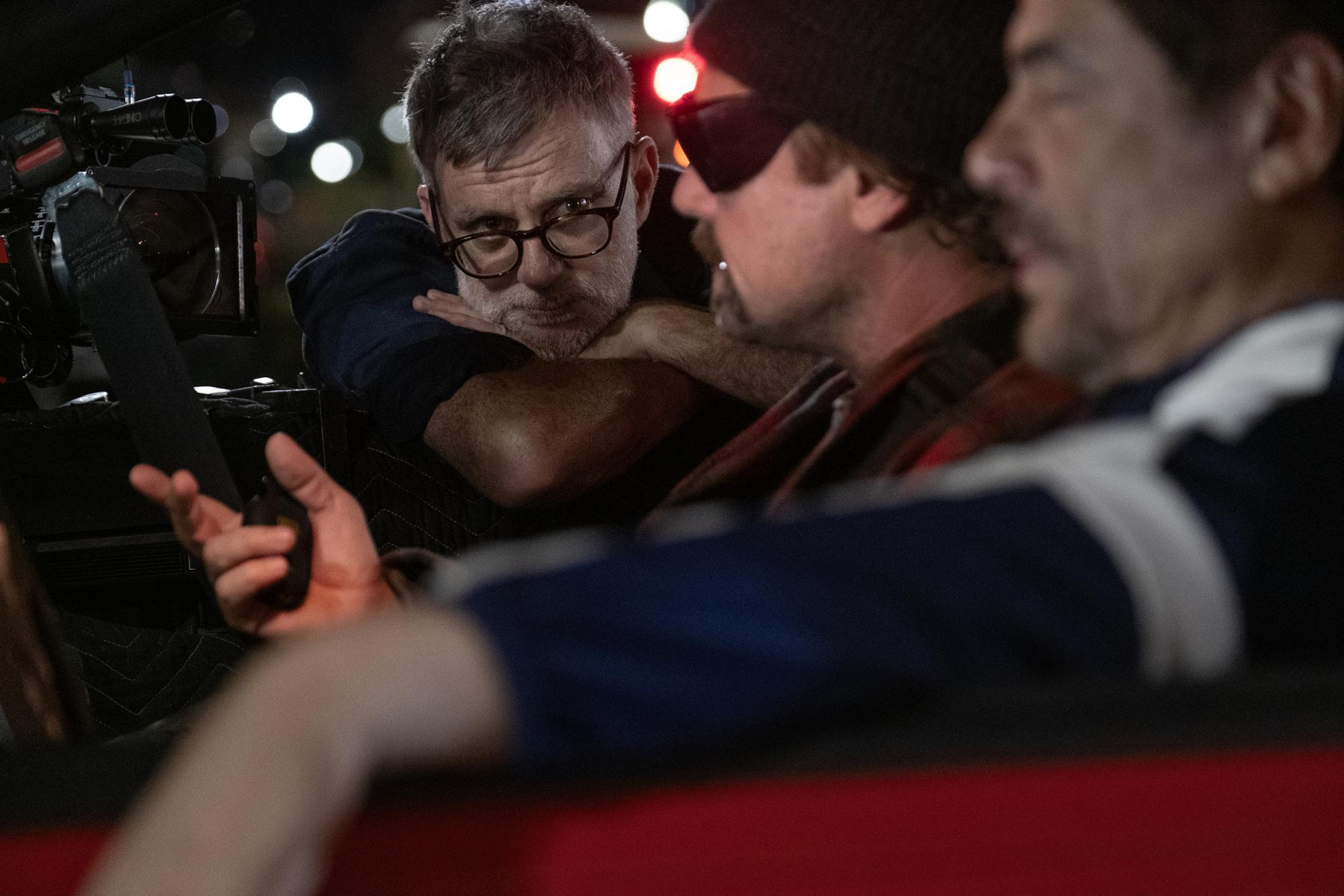
(Tribune Content Agency)
Fundamentally, One Battle After Another is a political powder keg that masquerades itself as an internal story. Paul Thomas Anderson uses politics not as a background but as the actual battleground, transforming ideas into conflict. The movie examines how power changes and how groups, governments, and people defend authority by claiming it is necessary for justice or order. It’s more about the moral fog that arises when both sides think they’re doing what is right than it is about right or left. In Anderson’s depiction of society, freedom and authority become identical, and revolutionaries end up becoming what they oppose. The politics never feel abstract, which is what makes them so compelling.
Although this may not have been the director’s goal (I think it was), the movie serves as commentary on our nation’s current political climate. Anderson captures a country torn by ideology, where everyone believes their viewpoint is the “correct way”. However, mistrust and rage engulf both of them. This creates two extremes that fight one another, disregarding how they got there. Using this tension, Anderson examines how fear, pride, and the need to fit in are further factors that contribute to extremism rather than just hatred. This portrayal of polarization seems uncannily familiar: individuals yelling over boundaries they no longer comprehend, structures collapsing under moral conviction, and reality turning into whatever is necessary for survival. The film’s anarchy and compassion make it less about justice and more about what happens when a country turns against itself.

